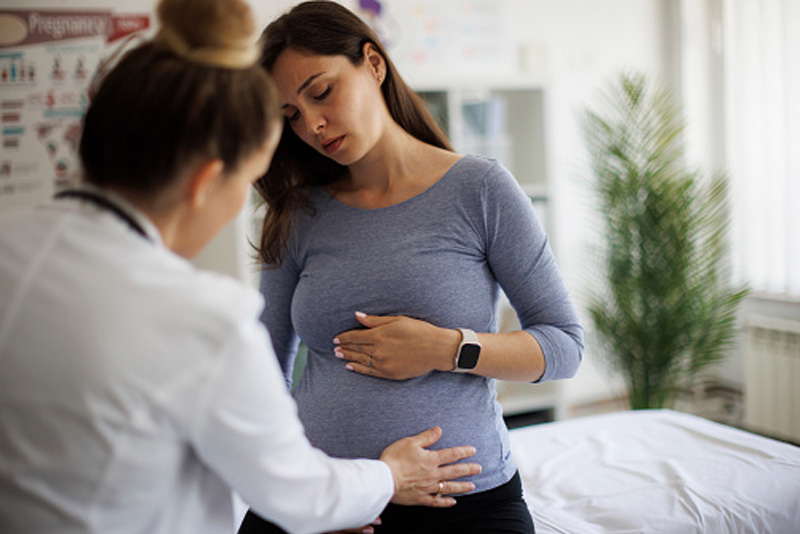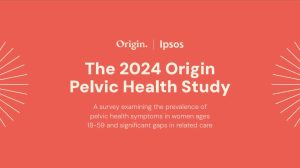OB/GYNs with Freyya
The Importance of Postpartum Pelvic Floor Health
The Need for Postpartum Pelvic Therapy
While there is an established need for women seeking pelvic floor physical therapy due to emergent symptoms, Freyya highlights an even more pressing and unaddressed need among new mothers who are at a vital stage of pelvic floor rehabilitation.
Childbirth is the leading cause of pelvic floor dysfunctions, as pelvic muscles are often damaged in the birthing process.

It is easy to see why standard postpartum pelvic therapy is not widely covered, given that 94% of women with a pelvic disorder are not diagnosed. (- Origin.)

The Future with Freyya
Freyya envisions a future where every woman is assessed for pelvic disorders after childbirth. Those found to have significant risk will be given the opportunity to rehabilitate while pelvic tissues are still healing, before chronic musculoskeletal pathogenesis manifest that will affect them for the rest of their life.
The Freyya™ system measures pelvic floor strength and intra-abdominal pressure to compare healthy vs. impaired healing progress at each stage of recovery postpartum.
Preventative Pelvic Floor Care
There is substantial evidence that pelvic floor recovery after childbirth requires a ‘goldilocks’ just-right approach to exercise of the pelvic floor. Too much exercise causes reinjury of damaged muscles, and too little exercise doesn’t stimulate muscle growth and repair. Real-time feedback, alerts, and AI models using the Freyya™ device may prevent many women from developing pelvic floor dysfunction symptoms after childbirth. This will change the paradigm of pelvic floor care from symptom management to proactively maintaining pelvic floor health and preventing pelvic floor dysfunction development.









